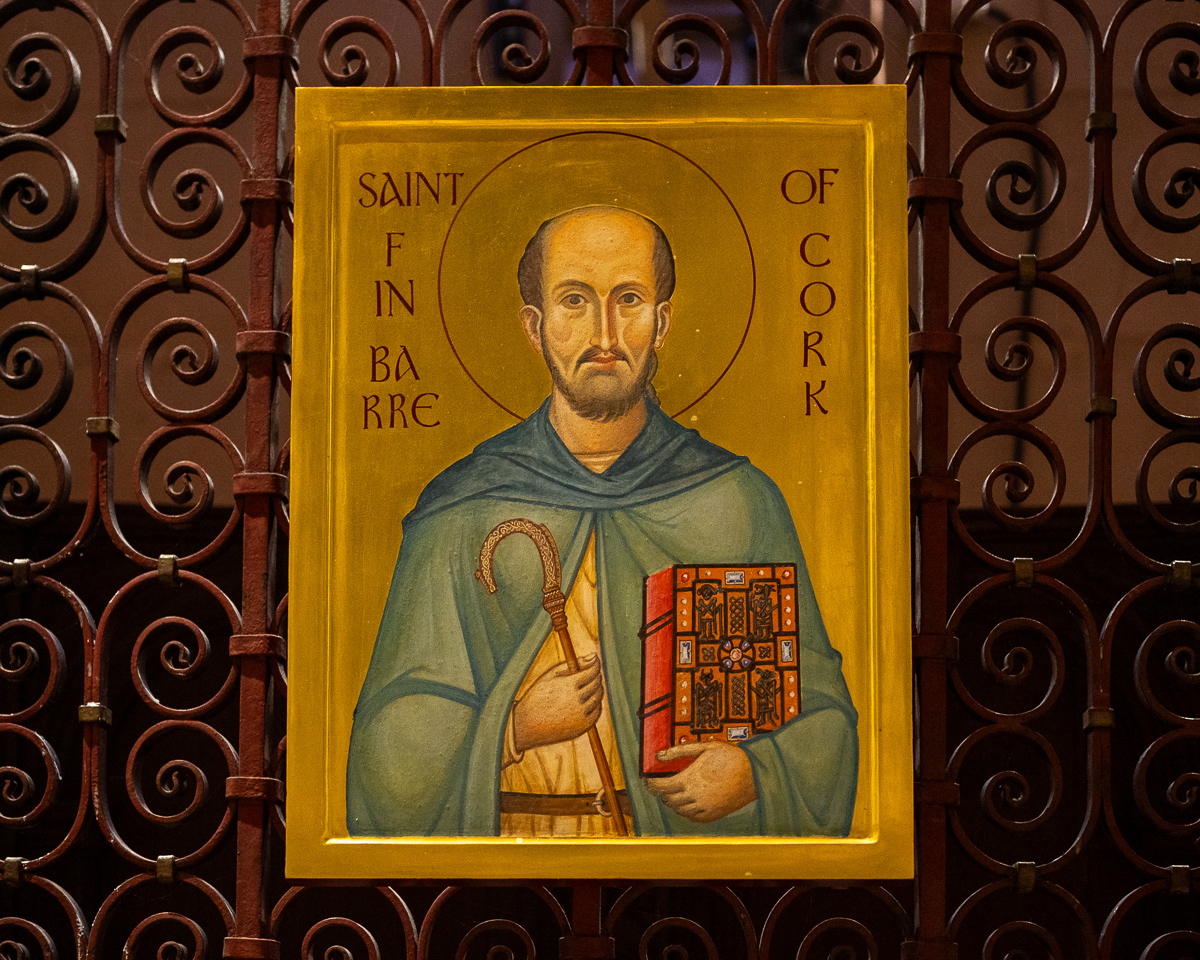
The cathedral lies at the heart of the historic St Fin Barre’s Quarter and is believed to be located where St Fin Barre established a monastic settlement in 603AD.

Plenty has happened in the 1400 years since those brave monks settled on a hill overlooking “An Corcaigh Mor” or “the great marsh” that gives Cork City its name today. Despite the dramatic growth of the city to the cosmopolitan city you see today, many facets of its history are still visible in Saint Fin Barre’s Quarter.
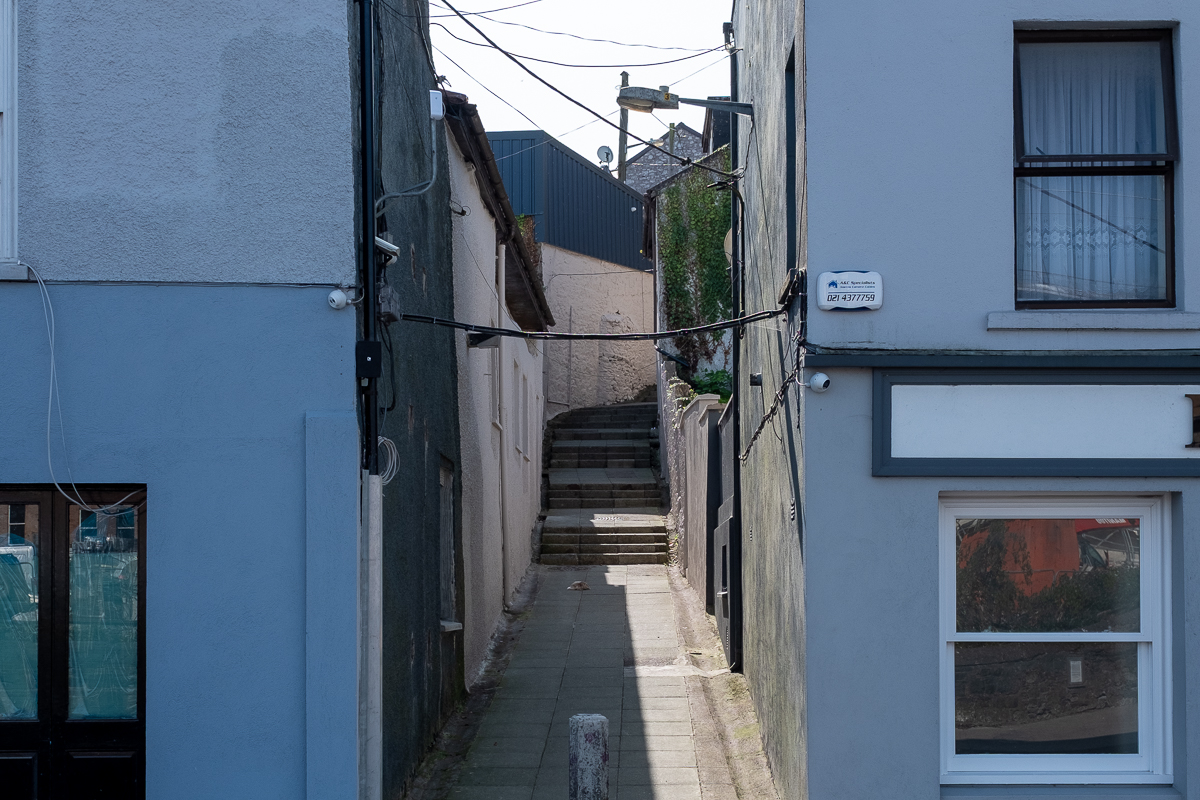
Unfortunately while we have lost our round tower that provided sanctuary (or a destination sign) for the Vikings who arrived at the beginning of the 10th century, they clearly warmed to the city and left us Keyser’s Lane (literally the route to the quay) so that we had a pedestrian route from the River Lee to the great Elizabeth Fort, one of the few complete Elizabethan forts in existence today.
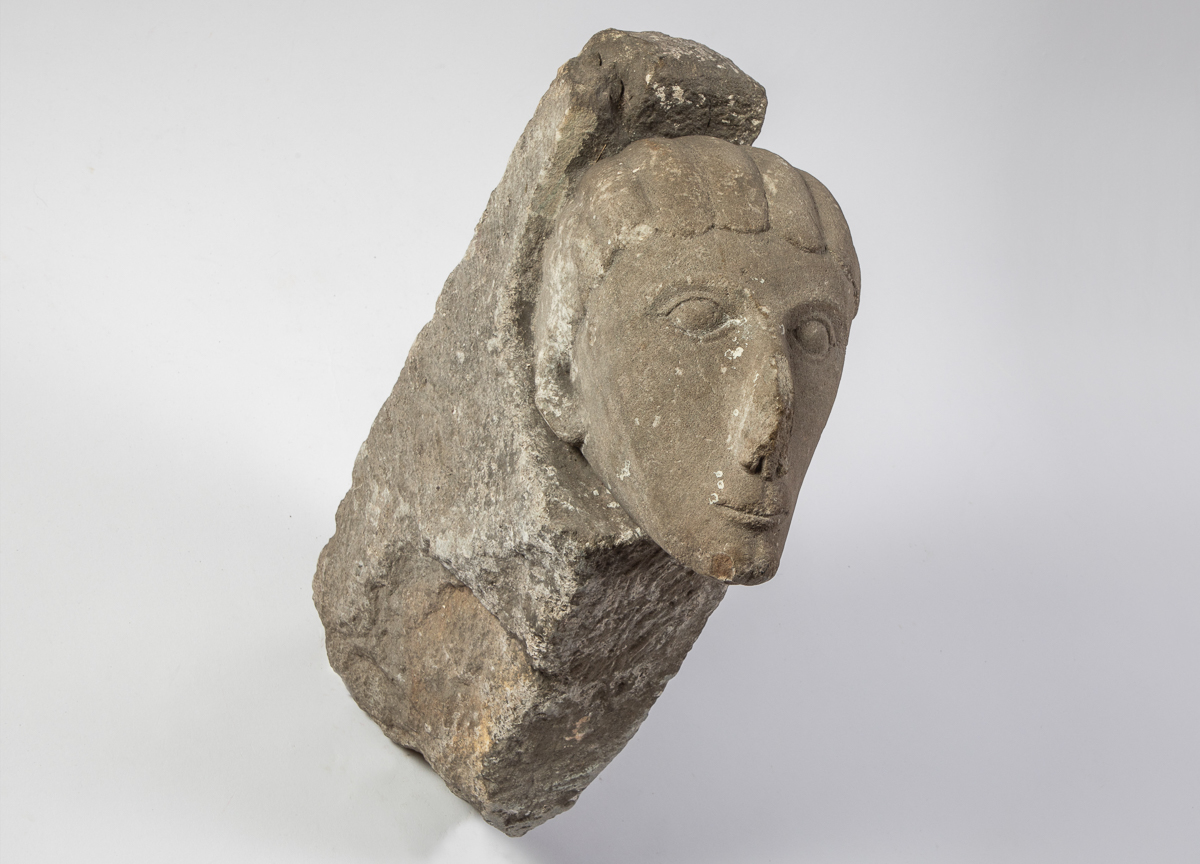
But before we jump into the 17th century let’s dwell awhile in the middle ages and admire the skill of the stone carvers of the 13th, 14th and 15th centuries on display both in the cathedral and on the grounds.
From the 16th century we have Bishop Lyons tomb which was erected in 1597. He himself survived until the 17th century, dying in 1617 and clearly taking no chances with the wording of his memorial!
The siege of Cork in 1690 resulted in great destruction and the cathedral did not escape with several direct hits on the tower. One of these cannonballs is proudly displayed in the cathedral. The city rose up from the ashes and Library House was built in 1723 housing both a Freeschool for poor boys and a grand library for the clergy and in so doing accommodating both ends of the social spectrum.
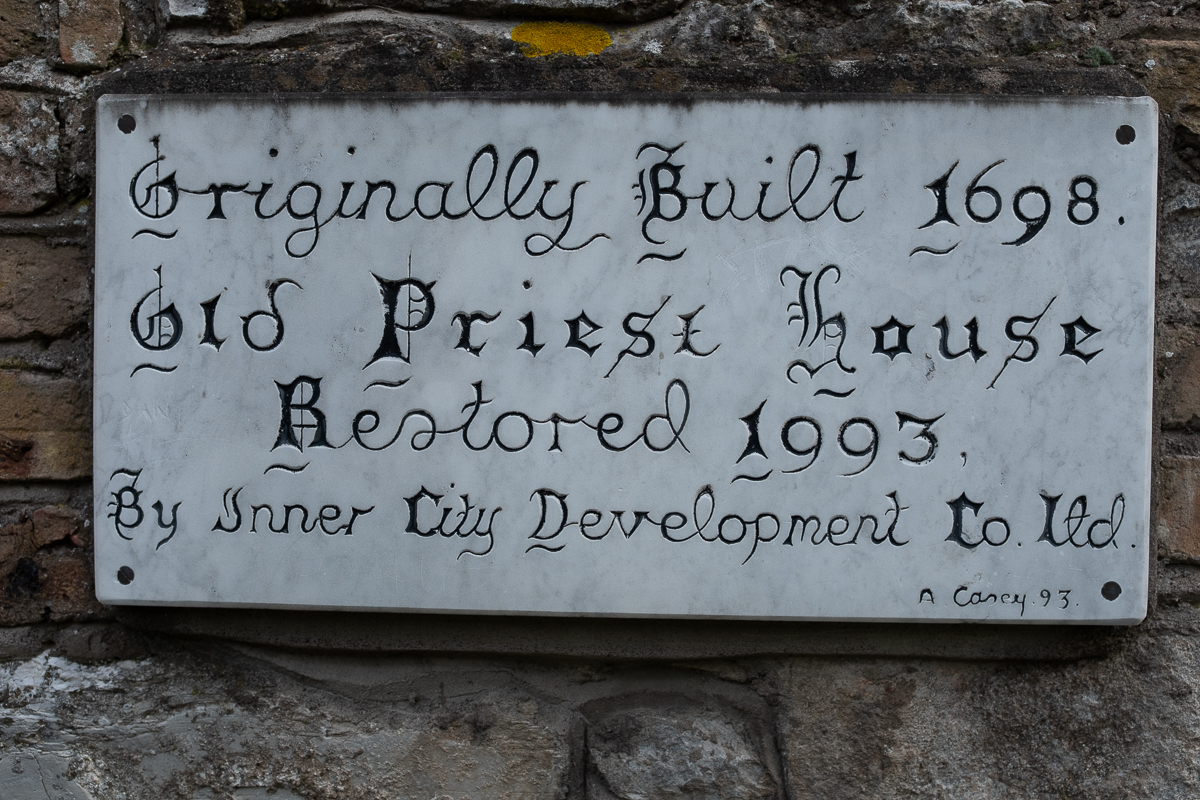
Dean Street, Barrack Street and the surrounding warren of lanes have many houses, shops and pubs dating from the 16th, 17th and 18th centuries. Many have date plaques so keep an eye out for them.

The 19th century brought both the industrial revolution and the resurgence of the Catholic Church and from this period notable buildings include the Beamish and Crawford stables on Proby’s Quay, Nano Nagle Place, and St Maries of the Isle Convent and Crawford College of Art and Design on Sharman Crawford Street.
The 20th century saw the emergence of a new national and Ireland progressively asserted itself in the modern world, a confidence expressed in architecture such as the Glucksman Gallery at UCC and the UCC/MTU joint School of Architecture at Nano Nagle Place.
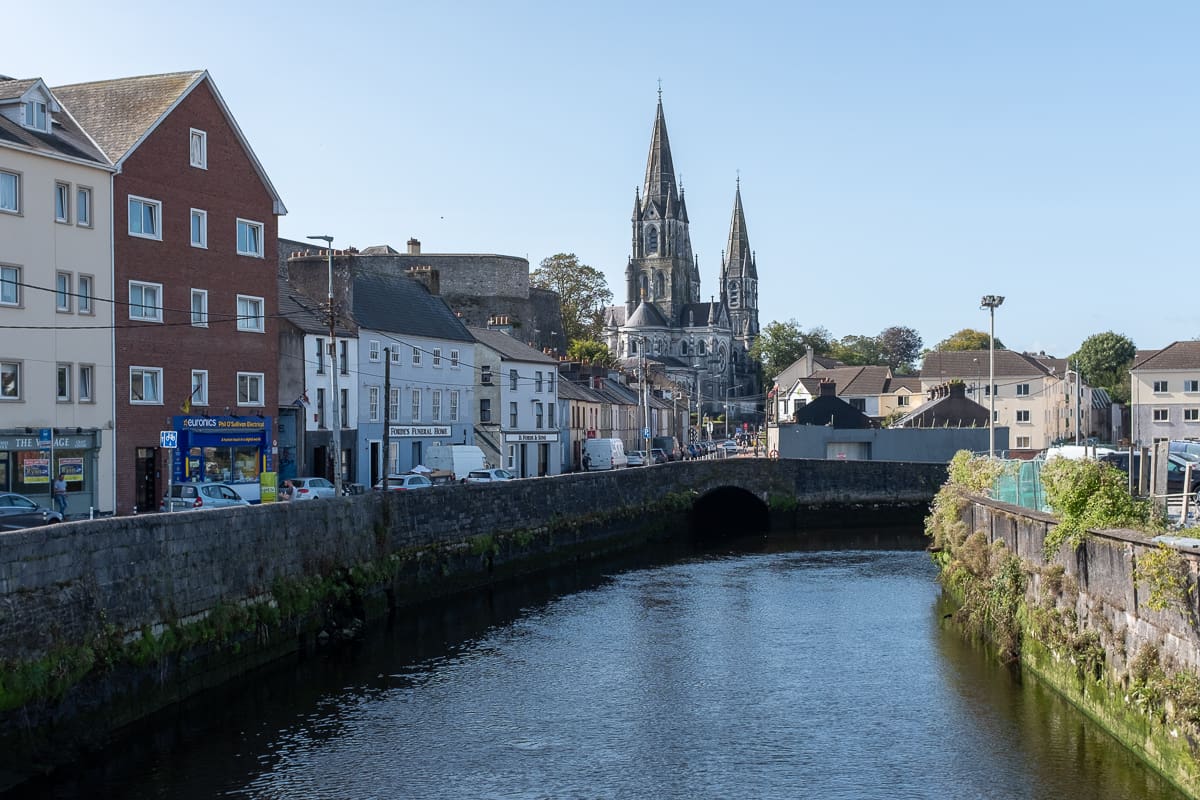
What else you can find in St. Fin Barre's Quarter
So from the 7th century to the present you can find an artefact or building somewhere in St Fin Barre’s Quarter.
